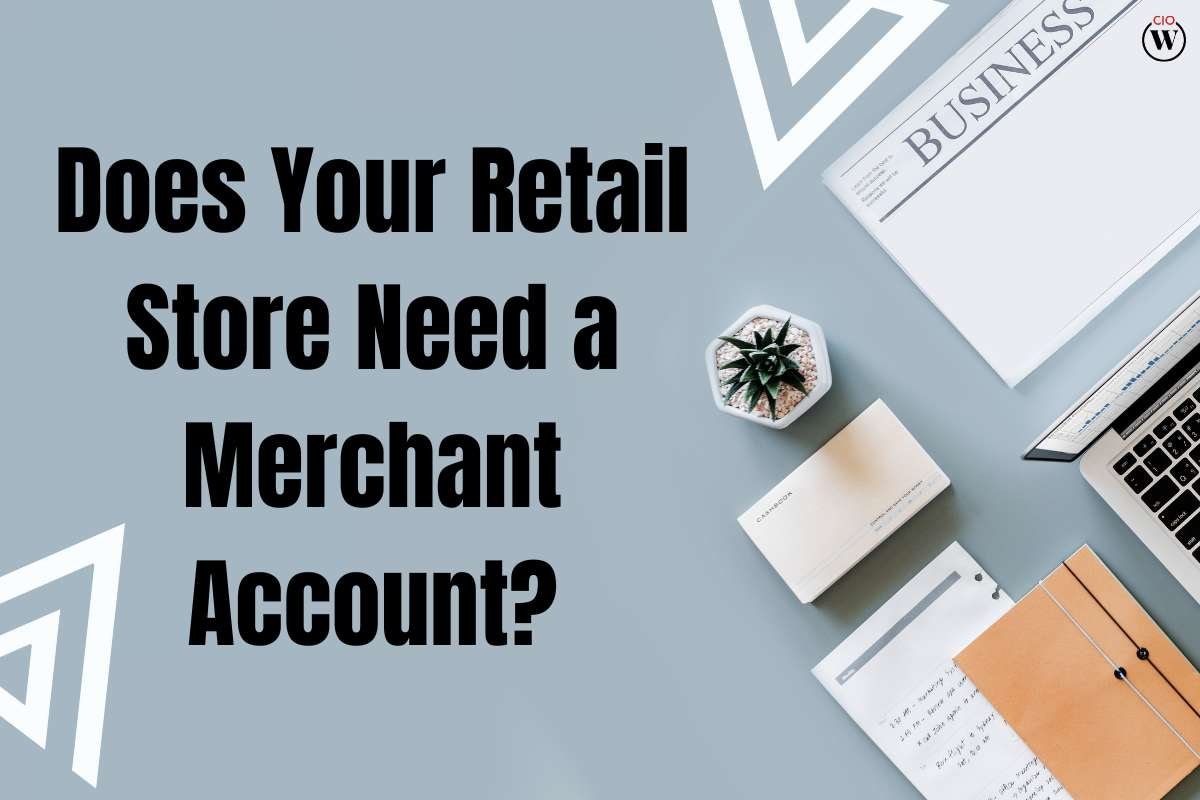If you run a retail store, you may be wondering whether or not you need a merchant account. A merchant account is a type of bank account that allows businesses to accept credit and debit card payments. It can be an essential tool for businesses that want to offer their customers the convenience of paying with a card, but it can also come with fees and requirements that may not be suitable for every business.
In this article, we will explore the benefits and drawbacks of having a merchant account for your retail store. We will also discuss some alternative payment options that you may want to consider.
Benefits of Having a Merchant Account:
1. Increased sales
By accepting credit and debit card payments, you can increase the number of sales you make. Many customers prefer to pay with a card because it’s more convenient than carrying cash. By offering this option, you can attract more customers and increase your revenue.
2. Improved cash flow
When customers pay with a card, the funds are typically deposited into your merchant account within a few business days. This can improve your cash flow and help you manage your finances more efficiently.
3. Reduced risk of fraud
Credit and debit cards come with built-in fraud protection, which can reduce your risk of chargebacks and other types of fraud. If you have a merchant account, you can take advantage of this protection and minimize your financial risk.
4. Access to more customers

By accepting credit and debit cards, you can reach a wider audience of customers. Many people prefer to pay with a card because it’s more convenient and secure than carrying cash. By offering this option, you can attract new customers who may not have shopped with you otherwise.
5. Improved customer satisfaction
Offering a variety of payment options can improve customer satisfaction. If customers have to pay with cash only, they may be inconvenienced and frustrated. By accepting credit and debit cards, you can provide a more seamless and enjoyable shopping experience.
Drawbacks of having a merchant account:
1. Fees
Merchant accounts typically come with fees, including transaction fees, monthly fees, and chargeback fees. These fees can add up quickly, especially for small businesses. Before you sign up for a merchant account, make sure you understand all of the fees and how they will impact your bottom line.
2. Approval process
Merchant account providers may require you to go through an approval process before you can start accepting credit and debit card payments. This process can be time-consuming and may involve a credit check, business verification, and other requirements.
3. Contract terms
Merchant account providers often require businesses to sign a contract with specific terms and conditions. These terms may include a minimum transaction volume, a commitment to using specific equipment or software, and other requirements. Make sure you read the contract carefully and understand all of the terms before you sign up.
4. Equipment costs

To accept credit and debit card payments, you may need to purchase or lease equipment, such as a card reader or point-of-sale system. These costs can add up quickly, especially if you need to purchase multiple pieces of equipment.
Alternative Payment Options
If you’re not ready to sign up for a merchant account, there are other payment options you may want to consider:
1. PayPal
PayPal is a popular online payment system that allows businesses to accept payments from customers with a PayPal account or a credit or debit card. PayPal charges a transaction fee for each payment, but there are no monthly fees or contracts.
2. Square
Square is a payment processing system that allows businesses to accept credit and debit card payments through a mobile device or tablet. Square charges a transaction fee for each payment, but there are no monthly fees or contracts. Square also offers additional features, such as inventory management and sales reporting.
3. Stripe

Stripe is an online payment processing system that allows businesses to accept payments from customers with a credit or debit card. Stripe charges a transaction fee for each payment, but there are no monthly fees or contracts. Stripe also offers additional features, such as subscription management and fraud protection.
4. Cash and checks
If you’re not ready to accept credit and debit card payments, you can always accept cash and checks. While this may not be as convenient for customers, it can be a good option for businesses that are just starting out or have lower transaction volumes.
5. Mobile payment apps
Mobile payment apps, such as Venmo and Cash App, are becoming increasingly popular among younger consumers. These apps allow users to send and receive money quickly and easily through their mobile devices. While they may not be suitable for all businesses, they can be a good option for those that cater to younger customers.
BOTTOM LINE
Whether or not you need a merchant account for your retail store depends on a variety of factors, including your business model, transaction volume, and budget. While there are benefits to having a merchant account, such as increased sales and improved cash flow, there are also drawbacks, such as fees and contract terms.
If you’re not ready to sign up for a merchant account, there are alternative payment options you can consider, such as PayPal, Square, Stripe, and mobile payment apps. Cash and checks are also an option, although they may not be as convenient for customers.
Before you make a decision, it’s important to do your research and understand all of the costs and requirements associated with each payment option. By weighing the pros and cons and choosing the option that’s best for your business, you can provide your customers with a seamless and enjoyable shopping experience while also managing your finances effectively.
Also Read: How to Bootstrap Product Sourcing for Your Online Retail Store?









